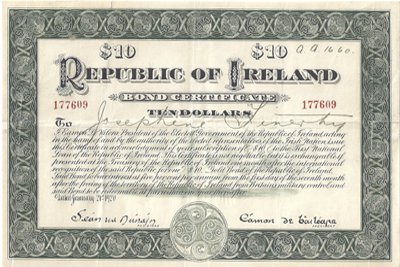Phuket Finance: Bonding with your portfolio

PHUKET: People usually think of bonds as safe investments, although I have written before about the dangers that are not so obvious to investors.
The reason they can be dangerous in a low interest rate environment, such as we are in now, is because as interest rates rise, the market value of a bond or portfolio of bonds drops, and you can lose principal if you need to sell them. One way to avoid this risk is to buy shorter maturity bonds and hold them until they mature.
When looking at bond quotes you will notice that there are several yields quoted. In an environment such as this, you need to make sure you use the ‘yield to maturity’. If you use ‘coupon yield’ or ‘current yield’ you may be in for a big shock when you get less than your principal back at maturity.
Coupon yield is simply the percentage return based on the face value of the bond. So a 10% coupon on a US$1,000 bond would be $100 per year. However, when you buy the bond it is often trading at a premium in an environment such as we are in now, let’s say $1,100 to use easy numbers.
Thus, you lose $100 at maturity because you only get $1,000 back, so your total return, or annual yield to maturity, will be less than the 10% quoted coupon rate. The $100 annual payment you receive is also actually less than 10% for you, because you paid $1,100. The current yield also faces a similar problem caused by the fact that you are getting back less principle than you put in.
Of course, if interest rates are higher than normal, bonds will often sell at a discount. If you purchased the same bond in the previous example for $900 you would not only receive more than 10% per annum from the annual $100 payment, but upon maturity you would receive an extra $100 back in principle.
Yield to maturity is the calculation that takes all of these considerations into account and tells you what you will receive per annum in percentage terms, assuming you hold the bond until maturity based on the price you would actually pay for it today. You don’t need to know how to calculate it, as it should be included in the quotation for any bond offered to you. If it isn’t, make sure you ask for it before making a decision.
The important thing to understand is, if you need to see the bond prior to maturity, you are not likely to receive the same yield, as you may make a loss on the principle if interest rates in the market have gone up. If you are five years away from maturity and inflation becomes an issue, you are also at risk of losing purchasing power as you cannot take advantage of rising interest rates.
One more risk to be aware of is, if you buy bonds denominated in a foreign currency, you could potentially lose more on the exchange rate than you gain from the higher yield (of course this could theoretically go in your favor too).
David Mayes MBA, lives in Phuket and provides wealth management services to expats around the globe, focusing on UK pension transfers. He can be reached at 085-335-8573 or david.m@faramond.com.
— David Mayes
Latest Thailand News
Follow The Thaiger on Google News:


























